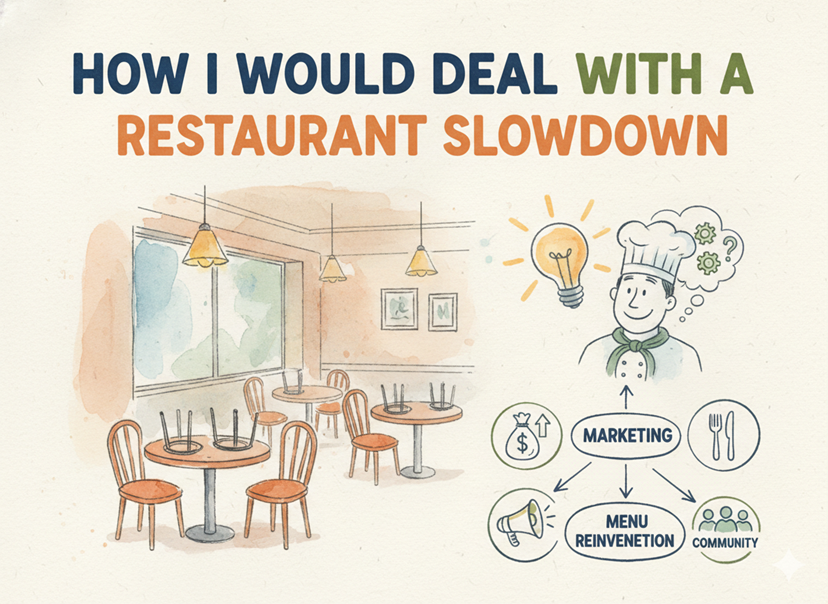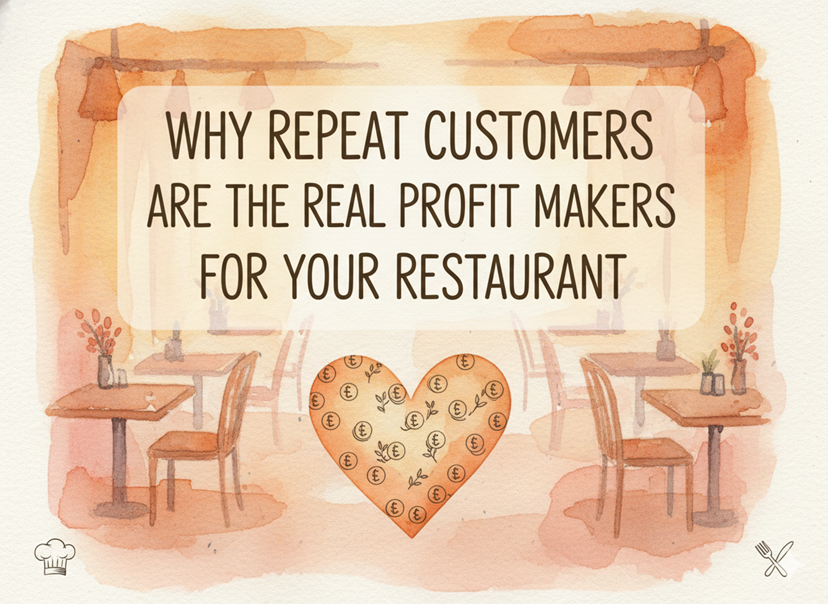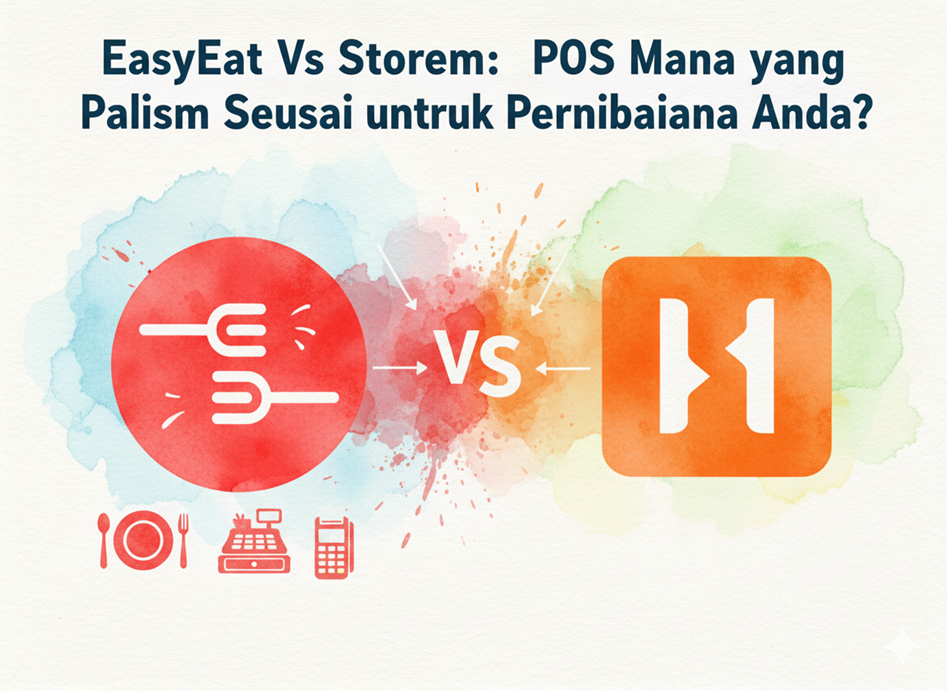Welcome to “Equip Your Kitchen,” where we embark on an interactive journey to help you master the art of restaurant equipment purchasing! Imagine you’re stepping into a virtual showroom filled with top-of-the-line appliances and tools, each awaiting your inspection. Through this guide, you’ll navigate the aisles, evaluate options, and make informed decisions to equip your kitchen for success. Are you ready to explore, compare, and select the perfect gear for your culinary venture? Let’s dive in!
Assess Your Needs
The first step in purchasing restaurant equipment is to assess your specific needs. Take a comprehensive look at your menu and determine the equipment required to execute your dishes efficiently. Consider factors such as your restaurant’s size, capacity, and anticipated growth. This evaluation will provide clarity on the type and quantity of equipment needed, enabling you to create a realistic budget allocation.
Research and Compare Suppliers
With your requirements outlined, it’s time to research and compare suppliers. Seek recommendations from industry experts or fellow restaurant owners to identify reputable suppliers known for their quality products and reliable service. Dive into online reviews, compare prices, and scrutinize warranty terms to make an informed decision. Remember, choosing the right supplier is crucial as it sets the foundation for a successful equipment purchase.
Verify Equipment Specifications
Before making any purchases, thoroughly review the specifications of the equipment you’re considering. Ensure that it aligns with your culinary needs, fits within your kitchen space, and meets energy efficiency standards to minimize operating costs. Pay attention to details such as dimensions, capacity, and functionality to avoid any compatibility issues down the line.
Evaluate Equipment Quality and Durability
Investing in high-quality, durable equipment is essential for the long-term success of your restaurant. Opt for stainless steel equipment known for its durability, hygiene, and ease of maintenance. Research reputable brands with a track record of reliability and longevity. Additionally, prioritize safety features and certifications to comply with health and safety regulations and safeguard your staff and customers.
Understand Service and Support
Beyond the initial purchase, consider the ongoing service and support offered by the supplier. Inquire about warranty terms, post-purchase support services, and the availability of spare parts. A responsive supplier with a robust support system can minimize downtime and ensure uninterrupted operations. Additionally, look for suppliers that provide training and assistance to empower your staff and maximize the efficiency of your equipment.
Consider Maintenance and Repair Costs
While evaluating equipment options, factor in the long-term maintenance and repair costs. Opt for equipment with a reputation for reliability and minimal maintenance requirements to avoid unexpected expenses. Research the availability and cost of replacement parts to assess the feasibility of future repairs. A proactive approach to maintenance can prolong the lifespan of your equipment and maximize your return on investment.
Test and Inspect Before Buying
Before finalizing any purchases, it’s crucial to test and inspect the equipment firsthand. Whenever possible, visit the supplier’s showroom to experience the equipment in action. Pay close attention to ease of use, functionality, and ergonomic design to ensure that it meets your operational needs. Conduct a thorough inspection of each piece of equipment to identify any potential issues or defects before committing.
FAQs
- How do I determine the lifespan of restaurant equipment and plan for future upgrades or replacements?
Assessing the lifespan of restaurant equipment is vital for long-term planning. While individual lifespans vary based on usage and maintenance, researching reputable brands with a track record of reliability can provide insight into durability. Additionally, considering warranty terms and availability of spare parts can help anticipate future maintenance needs and plan for eventual upgrades or replacements.
- Are there any specific regulations or standards I should be aware of when purchasing restaurant equipment, particularly regarding energy efficiency or safety?
Compliance with regulations and standards is paramount when purchasing restaurant equipment. Familiarize yourself with industry-specific regulations regarding energy efficiency, sanitation, and safety. Look for equipment that meets or exceeds these standards to ensure compliance and mitigate potential risks to your staff and customers.
- What are some strategies for negotiating with suppliers to ensure the best pricing and terms for restaurant equipment purchases?
Negotiating with suppliers requires a strategic approach to secure the best pricing and terms for restaurant equipment purchases. Begin by thoroughly researching suppliers and their competitors to understand market pricing. Leverage your research and purchasing volume to negotiate discounts, extended warranties, or additional services. Building a strong relationship with your supplier based on trust and mutual benefit can also lead to favorable terms in negotiations.
Purchasing restaurant equipment is a significant investment that requires careful consideration and planning. By following this comprehensive restaurant equipment checklist, you can navigate the process with confidence, ensuring that you select the best equipment to support your restaurant’s success. From assessing your needs to researching suppliers, verifying specifications, and testing equipment firsthand, each step plays a crucial role in making informed decisions. Remember, the right equipment is the foundation of a successful restaurant operation, so invest wisely and set your business up for long-term success.



